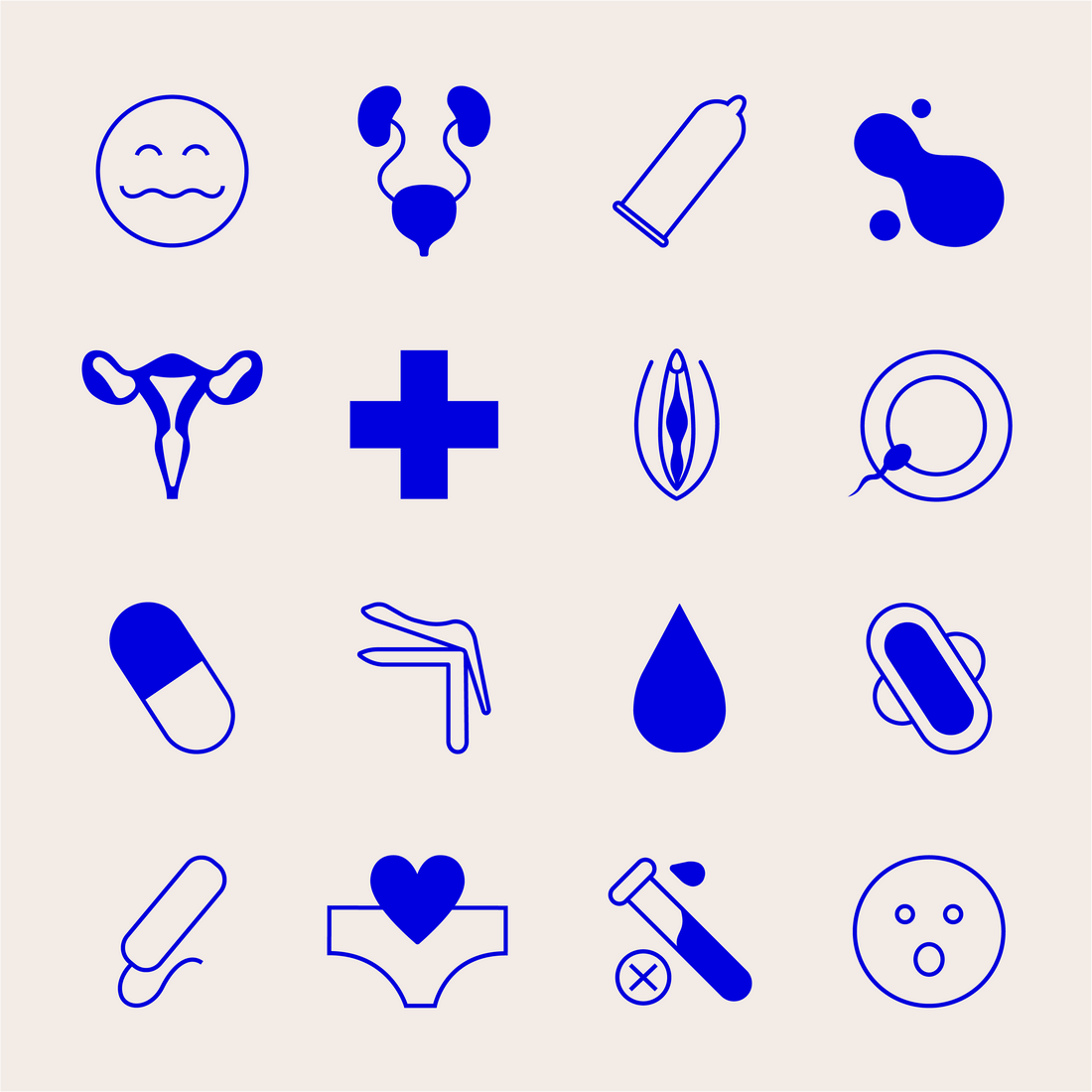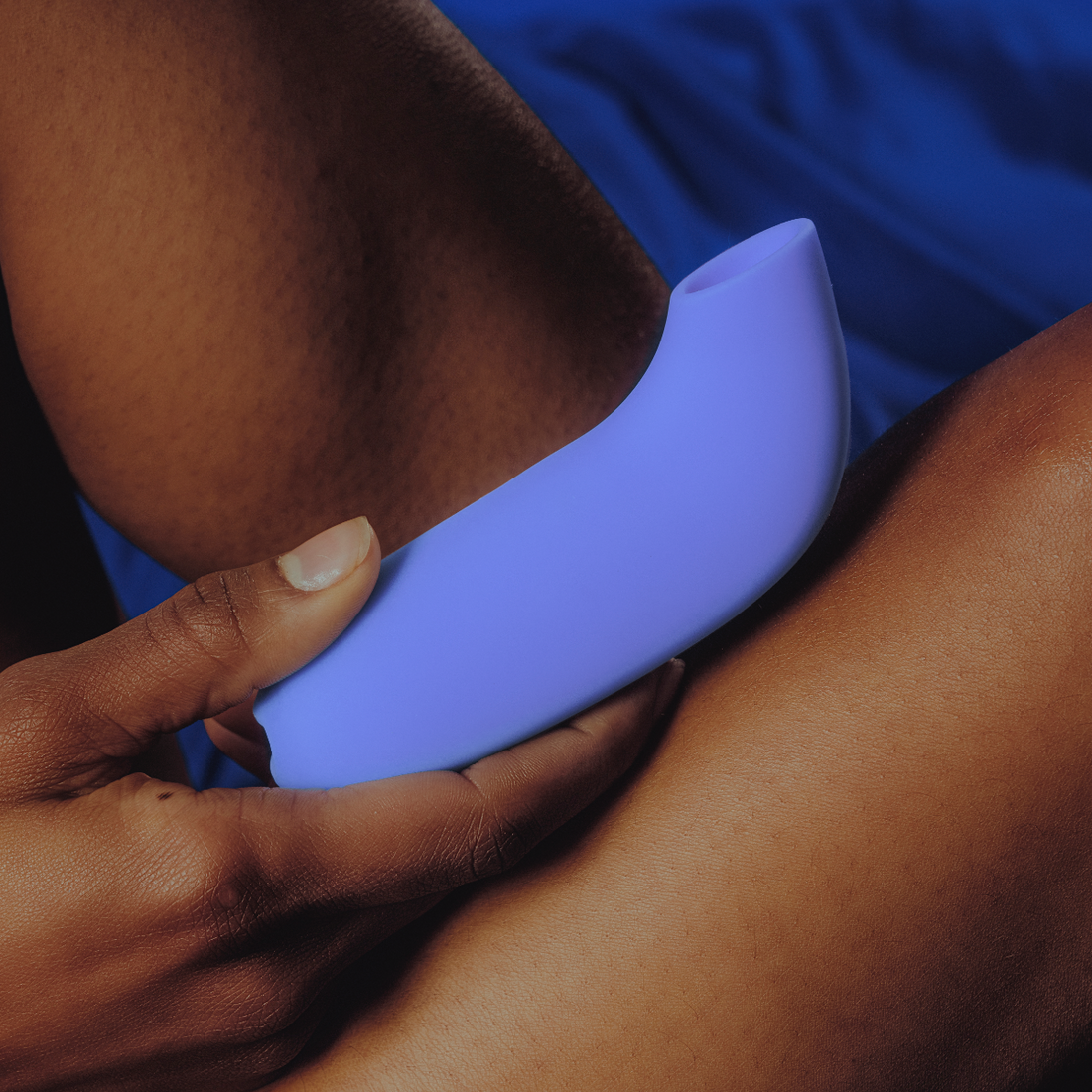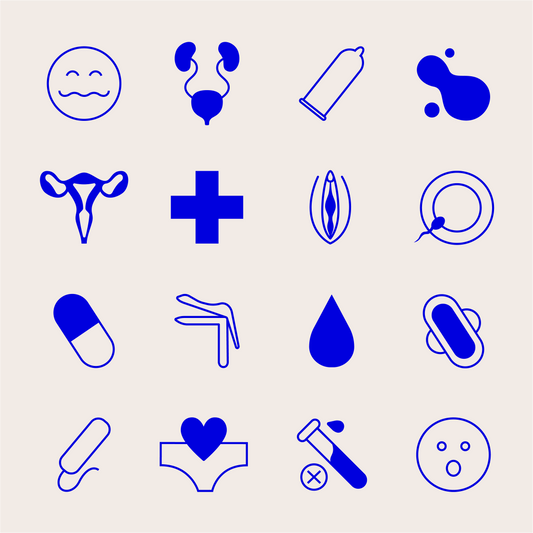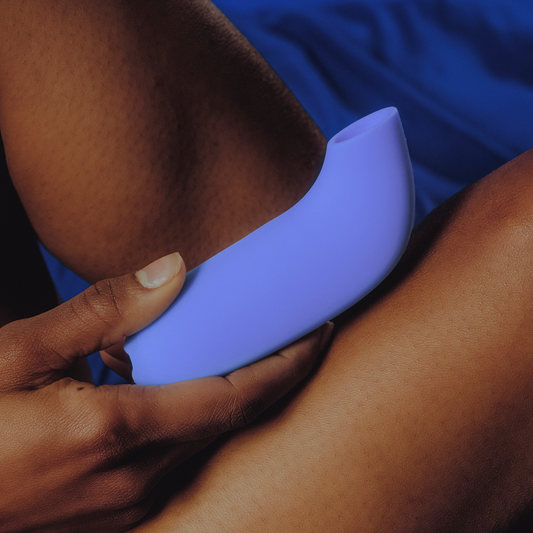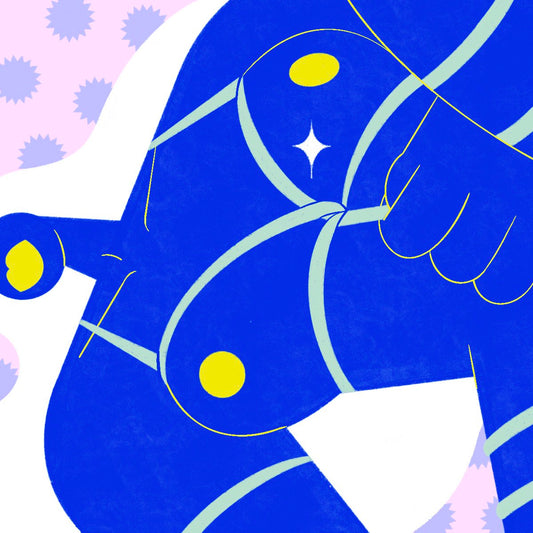Like a mythical creature, the female orgasm has long been a subject of fascination, curiosity, and unfortunately, a fair share of misconceptions. From ancient beliefs to modern-day interpretations, this aspect of human sexuality often remains shrouded in myths and misinformation. But let’s get to the bottom of it, because understanding the truths behind the female orgasm is not just about enlightenment and equality, but also about embracing a fundamental aspect of human pleasure and intimacy. Buckle your seatbelts as we speed into some myths and realities about the female orgasm.
Myth: multiple orgasms aren’t possible
Reality: multiple orgasms are absolutely possible! Everyone’s sexual experience is unique, so while cuming over and over may feel great for some bodies, and for others, the heightened sensation can feel overwhelming or even exhausting. It all has to do with your refractory period, which is how quickly your body can reset after the sexual response cycle. Pay attention to what feels good for your body- some folks are completely content with one orgasm, while others crave more than one big O. Orgasms come in many different flavors too, from a clitoral orgasm, to a G-spot orgasm or a blended orgasm. If you’re looking to achieve multiple orgasms but find that one body part needs a break, try mixing up the location of stimulation (such as nipples, anus, or clitoris) and the type of stimulation (manual, oral, vibration). Psst: pick up a multi-purpose vibrator to help you hit all the right spots.
Myth: penetration alone is sufficient to achieve an orgasm
Reality: Only 4% of vagina owners can orgasm with penetration alone, meaning that 96% of them need some other type of stimulation in order to cum. This also highlights the ‘orgasm gap’ that occurs in heterosexual partners where up to 95% of penis owners report regularly orgasming during sex, while only 65% of vagina owners could say the same. A massive part of this misconception is cultural, placing penis-in-vagina sex on a pedestal as the ideal way to get frisky. And let’s be real- this is not only outdated but also incredibly close-minded, because there are as many different ways to have sex as there are stars in the sky. Your pleasure matters, and if penetration is not getting you there, it’s time to speak up about what you need. In fact, some vagina owners may not need penetration at all in order to achieve orgasm! Think of penetration as a tool in your toolbox, whether solo or partnered, but don’t ignore stimulation of other pleasurable areas that can also take you over the edge, like…
- Nipples
- Anus
- Clitoris
- G-spot
If penetration is one component of what you need to reach the big O, then great! Layering stimulation of other areas on top of penetration can also influence the strength of an orgasm. A recent literature review showed that “stronger orgasms could be achieved when clitoral stimulation, anterior vaginal wall stimulation, and oral sex is involved in the same sexual act.”
Myth: you can’t train for a better orgasm
Reality: pelvic floor muscle training can improve your orgasms. The pelvic floor is a group of muscles present in all genders that form a hammock on the bottom of the pelvis. These muscles have many important functions in vagina owners, including supporting clitoral erections and creating the rhythmic contractions that occur during orgasm. Research has demonstrated that pelvic floor muscle training,include strengthening and coordination, improves sexual function, and a stronger pelvic floor is associated with higher rates of sexual activity. Pelvic floor muscle training options vary from using an at-home device like the Elvie Trainer, seeking out a pelvic floor physical therapist, or practicing kegels.
Myth: you have to have an orgasm to enjoy sex
Reality: sex or masturbation can still be pleasurable, even without an orgasm. Pleasure is a journey and doesn’t need to have a specific finish line, like an orgasm, in order for it to be enjoyable. It’s common to feel pressure from yourself or from your partner that an orgasm is a sign of a successful sexual experience- after all, it’s framed that way in mainstream culture and frequently in porn. But the reality is there’s no gold star for reaching orgasm. If regularly reaching orgasm is an important part of your sexual landscape, then great! Also know that there’s no need to pressure yourself if that doesn’t feel right for your body. Sex or masturbation can still feel great even if orgasm isn’t achieved. There are also specific health conditions that can impact someone’s ability to achieve an orgasm, such as anorgasmia, which is defined by both an inability to achieve orgasm and associated distress. Anorgasmia affects about 5-10% of the population in one study and can be caused by medications (like SSRIs), age-related changes, cancer, smoking.
Myth: orgasms are simple to achieve
Reality: orgasms are highly complex, and may not be as simple to achieve as genital stimulation. Orgasms encompass both physical and psychological elements, and are influenced by factors such as trust, communication, emotional connection (if you’re partnered), and a comfortable environment. They also can be influenced by internal factors like adequate body image and self-esteem, and self-knowledge of proper touching and anatomy of the female body. Many conditions can make it difficult to achieve orgasm, such as medications, health conditions, or history of trauma. The trick of achieving more orgasms? Get to know yourself to find out what feels right for your body. Experiment. Play. Don’t be afraid to think outside the box.
Understanding the truths and complexities surrounding the female orgasm is crucial in fostering healthier attitudes towards sexuality and equality across genders. Embracing individual differences, open communication, and a holistic approach to pleasure can pave the way for more fulfilling sexual experiences for everyone involved. It's time to debunk these myths and celebrate the diverse, beautiful spectrum of female pleasure and orgasm.























